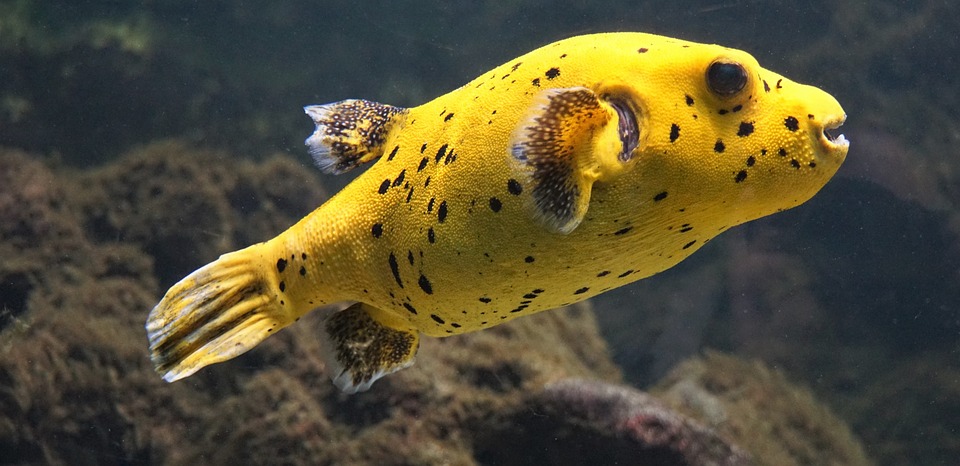Introduction:
Fish exercise and activity are crucial for maintaining a healthy aquatic environment. Just like humans, fish need regular exercise to stay fit, prevent diseases, and enhance their overall well-being. In this article, we will explore various methods and tips to promote fish exercise and activity, ensuring the optimal health of your aquatic companions.
I. Understanding the Importance of Fish Exercise:
Exercise is essential for fish for several reasons. Firstly, it helps to improve their cardiovascular health and strengthen their muscles. Regular activity also aids in maintaining a healthy weight and prevents obesity, which can lead to various health issues in fish. Exercise also promotes good digestion and prevents constipation in fish.
II. Providing Adequate Space for Swimming:
One of the primary factors in promoting fish exercise is providing them with enough space to swim freely. Assessing the appropriate tank size for your fish species is crucial. Different fish species have different space requirements, so it is essential to research and understand the needs of your specific fish. A larger tank will allow fish to swim more freely and engage in natural behaviors.
Creating an open and spacious environment is also important. Avoid overcrowding the tank with too many fish, as it can cause stress and restrict their movement. Overcrowding can also lead to poor water quality, which can be detrimental to fish health.
III. Creating an Enriching Environment:
To encourage fish activity, it is important to create an enriching environment within the tank. Incorporating plants and decorations provides hiding spots as well as obstacles for fish to navigate around. This mimics their natural habitat and promotes natural behaviors such as exploring and seeking shelter.
Utilizing hiding spots and caves in the tank allows fish to retreat and feel secure. It also encourages them to swim through narrow passages, providing exercise and mental stimulation.
Using floating toys and objects can also stimulate fish activity. These objects can be moved around to create currents and encourage fish to chase and interact with them.
IV. Maintaining Optimal Water Quality:
Clean water is crucial for fish health and encourages their activity. Regular water changes and proper filtration are essential to maintain optimal water quality. A clean and well-maintained tank reduces stress on fish and promotes their overall well-being.
Monitoring water parameters such as temperature, pH, ammonia, and nitrate levels is important. Any imbalances in these parameters can negatively impact fish health and activity. Regular water testing and maintenance will ensure a healthy aquatic environment.
V. Stimulating Natural Behaviors:
Understanding the natural behaviors of your fish species is key to promoting their activity. Research the specific needs and behaviors of your fish and try to mimic their natural habitat as much as possible. This can be done by providing appropriate substrates, plants, and other tank decorations.
Providing opportunities for hunting and foraging is also important. Some fish species enjoy searching for food, so using food puzzles or hiding food in different areas of the tank can encourage their natural instincts and exercise.
VI. Promoting Fish Activity Through Feeding:
Feeding can be an excellent way to promote fish exercise. Using food puzzles or slow-release feeders can make fish actively search for their food, providing mental stimulation and exercise. Feeding a varied diet that includes live or frozen foods can also encourage fish to swim and hunt for their meals.
It is crucial to avoid overfeeding fish, as this can lead to obesity and various health problems. Follow the recommended feeding guidelines for your specific fish species and monitor their weight and overall health.
VII. FAQs Section:
1. Can fish exercise in small tanks?
Fish can exercise to some extent in small tanks, but it is important to provide them with enough space to swim freely and engage in natural behaviors. Larger tanks are generally recommended for promoting fish exercise.
2. How much space should I provide for my fish to swim freely?
The amount of space required for fish to swim freely depends on the species. Research the specific needs of your fish and provide a tank size that accommodates their natural behaviors.
3. Do all fish require the same level of exercise?
Different fish species have different exercise requirements. Some species are more active and require more space and stimulation, while others are naturally less active. It is important to understand the specific needs of your fish species.
4. Is it possible to overstimulate fish activity?
While stimulating fish activity is important, it is possible to overdo it. Overstimulation can lead to stress and exhaustion in fish. It is important to find a balance and provide opportunities for activity without overwhelming them.
5. Can fish exercise without a fish tank?
Fish tanks provide the optimal environment for fish exercise, but fish can still engage in some level of activity in larger ponds or natural bodies of water. However, these environments may come with their own challenges and risks.
Conclusion:
Fish exercise and activity are essential for maintaining the health and well-being of your aquatic pets. By providing adequate space, creating an enriching environment, maintaining optimal water quality, and stimulating natural behaviors, you can ensure that your fish lead a healthy and active lifestyle. Remember to always consider the specific needs of your fish species and provide them with opportunities to exercise and thrive.









